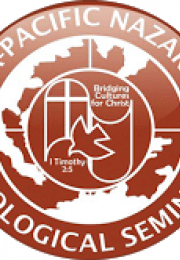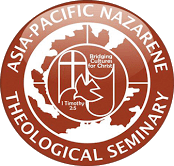- Resource Types
- Resource Languages
- Institutional Repository
 Visit the home page
Visit the home page
About Site Language
WHDL is viewable in multiple languages. Use the pull-down menu to select a language to view the site.
I changed my language, but I’m still seeing resources in the other languages?
If a resource or text has not been translated into your selected language, it will appear in the initially added language. We are always looking for help translating these resources. If you can help, contact us!
WHDL - 00009482


There is nothing permanent in the culture of curriculum. Change is the constant thing in the curriculum that schools implement. The aim of this study is to unveil the perspectives of students, teachers and administrators on the impact that UbD® framework has brought in the teaching strategies and learning development; and also the curriculum specialist’s view on how UbD® framework has brought transformation in the curriculum development in the Philippines. This study could be significant to those who are planning to teach students, administer teachers, and design curriculum. The participants of this study are the selected students, teachers, and administrators from Angeles City National Trade School (ACNTS), Aldea National High School (ANHS), Makati High School (MHS), and Nazarene Academy (NA); and a curriculum specialist representative from DepEd (Department of Education). The participants represent four high schools in the Philippines and the DepEd Curriculum department. Understanding by Design® (UbD®) is a framework that offers a “planning process and structure to guide curriculum, assessment, and instruction” (Wiggins and McTighe 2014, 1). This framework has two key ideas that are contained in the title itself: 1) focus on both teaching and assessing for understanding and learning transfer, and 2) design of curriculum ‘backward’ from those ends" (Wiggins and McTighe 2014, 1). It is based on seven key tenets: (1) Learning is enhanced when teachers think purposely about curricular planning; (2) UbD® helps focus curriculum and teaching on the development and deepening of student understanding and transfer learning; (3) Understanding is revealed when students autonomously make sense of and transfer their learning through authentic performance. Authentic performance is measured by six facets of understanding – the capacity to explain, interpret, apply, shift perspective, empathize, and self-assess. These can serve as indicators of understanding; (4) Effective curriculum is planned backward from long-term, desired results through a three-stage design process; (5) Teachers are coaches of understanding, not mere purveyors of content knowledge, skill, or activity; (6) Regularly reviewing units and curriculum against standards enhances curricular quality and effectiveness, and provides engaging and professional discussions; and; (7) UbD® reflects a continual improvement approach to student achievement and to the teacher craft. In gathering the data, I used a descriptive, qualitative method of research with semi-structured, in-depth, open-ended interview questions. The data was coded in the light of the six facets of understanding of UbD® and its three stages of backward design and it was visually analyzed through MAXQDA, a software used for qualitative and mixed methods analysis. The presentation of the data analysis was divided into four categories: first, the Learners’ Perspective of their Experience at School; second, the Teachers’ Perspectives on their Teaching Experience under UbD®; third, the Administrators’ Perspectives on the Impact of UbD®; and fourth, the DepEd Curriculum Officer’s Perspective on the impact of UbD® in the development of curriculum. The study produced four key findings. First of all, it reveals that Understanding by Design® embedded in the curriculum made an impact in the development of learning in the selected schools. Secondly, it discovers the impact that Understanding by Design® framework made in the strategies of teaching which was mostly positive. Thirdly, it showed that the administrators’ had limited perspectives on UbD®’s impact on the teachers and students. Fourthly, it reveals the impact of UbD® in the Philippine education curriculum.
Copyright statement is available in the library.
2019
1995
2022
2024
2024
2009
2002
2022